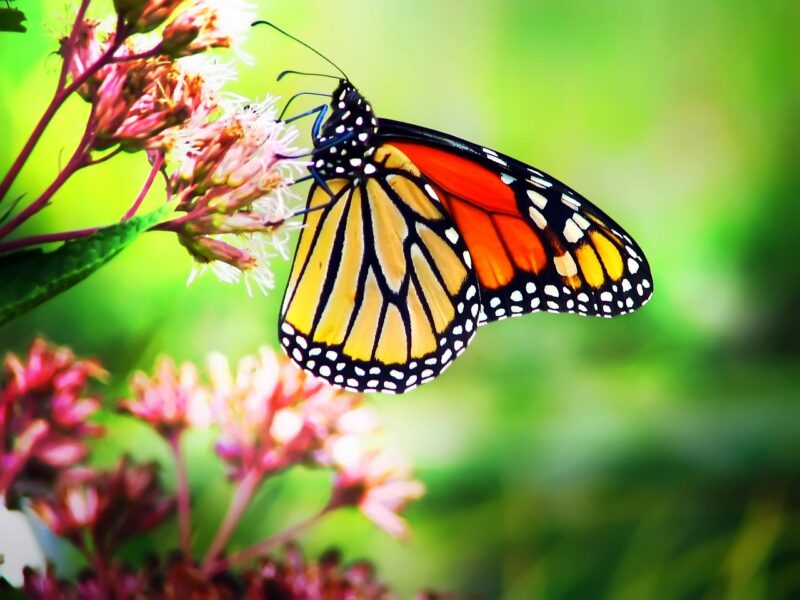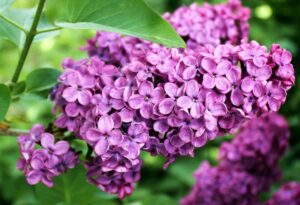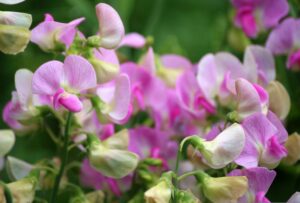In this guide, we will explore the ideal locations for planting milkweed, taking into consideration various environmental factors, gardening styles, and the needs of both the plant and its pollinators.
Understanding Milkweed and Its Importance
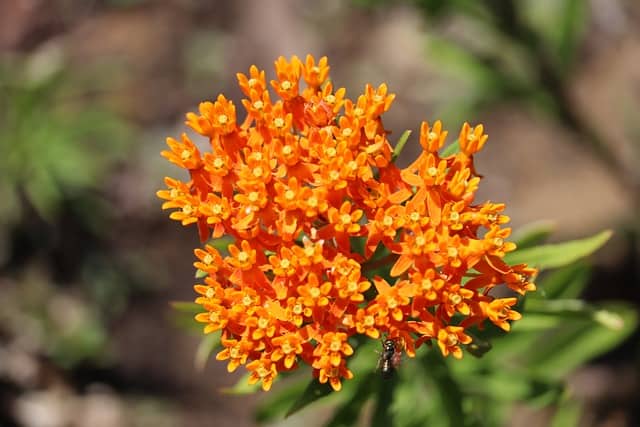
Before diving into the specifics of where to plant milkweed, it’s essential to understand why this plant is celebrated among gardeners and environmentalists alike. Milkweed serves as the exclusive host plant for monarch butterflies; these magnificent creatures rely on its leaves for nourishment during the caterpillar stage. Moreover, milkweed attracts a variety of other pollinators, making it a beneficial addition to any garden. By incorporating milkweed into your planting scheme, you contribute to the conservation of these insects and enhance biodiversity in your environment.
Types of Milkweed
Before deciding where to plant milkweed, you should first be familiar with the various species available. Some popular varieties include:
Common Milkweed (Asclepias Syriaca): Found throughout North America, this species thrives in wildflower gardens and open meadows.
Butterfly Weed (Asclepias Tuberosas): A drought-tolerant perennial, it’s recognizable for its bright orange flowers and is suitable for well-drained soils.
Swamp Milkweed (Asclepias Incarnata): Preferring moister conditions, this plant is ideal for rain gardens and areas with heavy rainfall.
Knowing the variety that suits your climate and soil conditions will significantly impact where you decide to plant milkweed.
Selecting the Right Location: Key Considerations
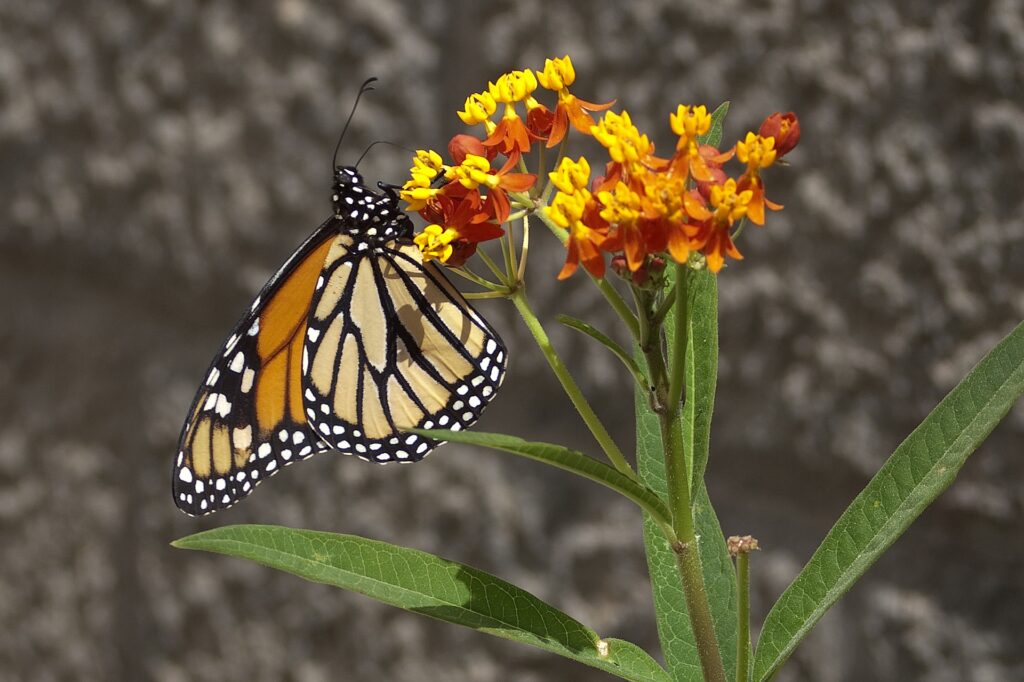
When choosing a location for planting milkweed, several factors come into play that directly affect its growth and attractiveness to pollinators.
1. Sunlight Requirements
Milkweed definitely loves sunshine! Most species thrive in full sun, which means they need at least six hours of direct sunlight per day. Pay attention to the sun’s path in your garden. Areas that receive morning sunlight can help dry dew quickly and are especially beneficial for plants like milkweed, as they deter fungal diseases. To maximize growth, avoid planting milkweed in heavily shaded areas, as insufficient light can hinder their potential and beauty.
2. Soil Conditions
Understanding the soil in which milkweed grows best is vital to its success. Milkweed prefers well-draining soil, as it is susceptible to root rot in consistently damp conditions. For instance, butterfly weed requires sandy or rocky soils that mimic its native prairie habitat. Common milkweed, on the other hand, is more adaptable and can thrive in clay, loamy, or sandy soils, as long as drainage is adequate.
Conducting a soil test can also help you amend any deficiencies, such as pH levels or nutrient content, ensuring that your milkweed receives everything it needs to flourish.
3. Moisture Levels
While some milkweed species, like swamp milkweed, enjoy wetland areas, others excel in dry, arid environments. Knowing the moisture preference of the specific milkweed variety you’re planting will help you determine the best location. For instance, if you live in a region with heavy rainfall, it might be beneficial to create a low-lying area or a rain garden to accommodate swamp milkweed. Conversely, for drought-prone areas, select a sunny spot with good drainage for species like butterfly weed.
Creating an Ideal Habitat for Milkweed

Once you’ve chosen the right location, consider ways to enhance the habitat for both your milkweed and the butterflies it attracts.
1. Provide Shelter
Butterflies, while drawn to the beauty of flowers, also require shelter from harsh weather conditions and predators. Planting milkweed in combination with other native plants creates a natural habitat. Consider incorporating shrubs or even small trees that provide cover, enhancing your wildlife garden’s appeal.
2. Companion Planting
When planting milkweed, consider its companions. Flowers that bloom at different times can create a pollinator-friendly environment, ensuring that there’s food available throughout the season. Pairing milkweed with other flowering plants such as coneflowers, asters, and black-eyed Susans will create an inviting oasis for both butterflies and other beneficial insects.
3. Avoiding Pesticides
To cultivate a thriving environment for milkweed and its associated pollinators, one must commit to an organic gardening approach. The application of pesticides poses severe risks to butterflies, particularly during their larval stage. Use natural pest control methods, such as introducing beneficial insects or using insecticidal soap when absolutely necessary, minimizing the risk to monarch populations.
Planting Techniques: Getting Started
Now that you’ve selected your spot and prepared the area, it’s time to delve into the actual planting process. Here are detailed steps to ensure your milkweed plants are off to a great start.
1. Seed vs. Transplant
Deciding whether to grow milkweed from seeds or to transplant young plants is a crucial first step. Growing from seed can be rewarding but requires patience. Seeds usually need cold stratification to break dormancy, which can be achieved by placing them in the fridge for 30 days before planting. If you prefer quicker results, purchasing young plants from local nurseries might be the way to go.
2. Proper Spacing
When planting milkweed, spacing is essential. Most milkweed plants will need room to grow and spread. Generally, you should space common milkweed plants about 18 to 24 inches apart, whereas butterfly weed can be spaced about 12 to 18 inches apart. Adequate spacing promotes air circulation and reduces the likelihood of pest problems.
3. Planting Depth
The depth at which you plant your milkweed can also impact its growth. As a rule of thumb, seeds should be planted approximately one-fourth to one-half inch deep. When transplanting nursery plants, dig a hole that accommodates the root ball without crowding it. Ensure that the crown of the plant is level with the soil surface after being planted.
Maintenance and Care for Your Milkweed
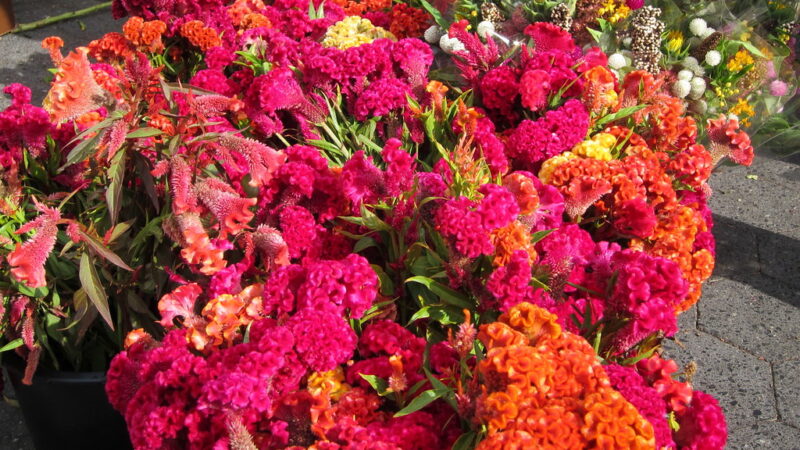
Once planted, a little care goes a long way. Like any garden plant, milkweed requires attention to thrive. Here are some tips to ensure its success:
1. Watering Guidelines
After planting, it’s essential to establish a consistent watering routine, especially for the first few weeks. Water deeply but infrequently, allowing the soil to dry out between waterings. Once milkweed is established, it becomes drought-tolerant and requires less frequent watering.
2. Fertilization Technique
Milkweed doesn’t demand a lot of fertilizer, as it generally grows well in nutrient-poor soils. If your soil test reveals significant nutrient deficiencies, use a low-nitrogen fertilizer sparingly in the spring. Over-fertilizing can result in excessive foliage growth at the expense of flowering.
3. Pruning for Growth
Pruning can aid in managing the size and shape of your milkweed plants. Deadheading spent flowers encourages more blooms and can even attract more pollinators. Additionally, removing any diseased or damaged leaves during the growing season promotes better air circulation and overall plant health.
Seasonal Considerations: Timing Your Planting Right
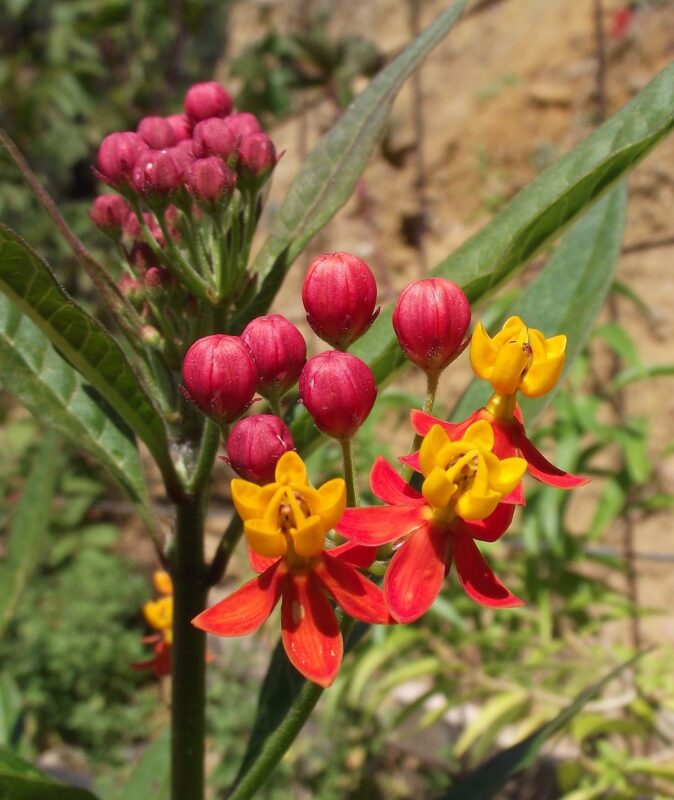
The timing of your planting ensures that your milkweed will have the best chance for growth and sustainability throughout the seasons.
1. Spring Planting
Spring is the most favorable time to plant milkweed, typically between late March to early May, depending on local climate conditions. This allows the plants ample time to establish their roots before the heat of summer hits. Seedlings should be started indoors about six to eight weeks before the last expected frost.
2. Fall Planting
Fall can also be an excellent time to plant milkweed, especially in regions with milder winters. In this case, plant in late summer to early fall so the roots can establish before frost hits. However, fall planting can lead to competition with winter weeds, so consider mulching to suppress these invaders.
Where NOT to Plant Milkweed: Common Mistakes
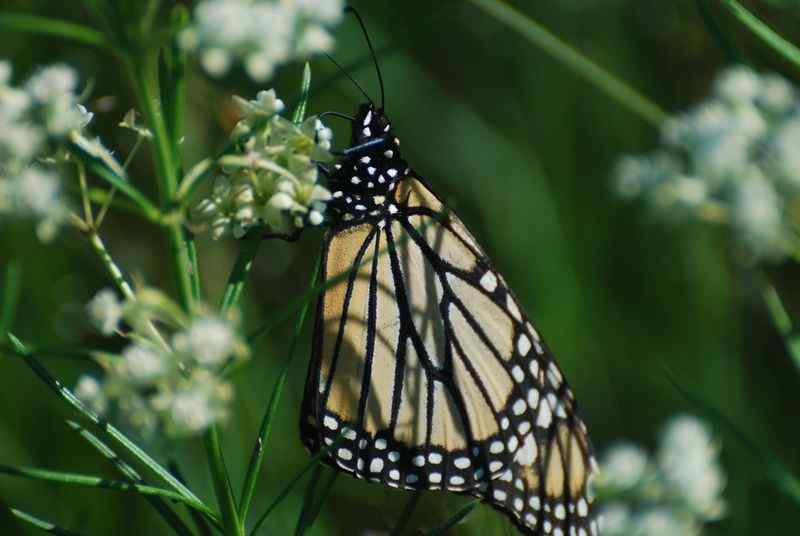
While it is essential to consider where to plant milkweed, it is equally important to recognize places where it may not thrive or could even lead to trouble.
1. Too Much Shade
As mentioned earlier, milkweed needs full sun. Areas that are consistently shaded, like under dense trees or on the northern sides of buildings, will stunt growth. Avoid placing them in such locations.
2. Overly Wet Conditions
Many milkweed species require well-drained soils and can struggle in areas with poor drainage or consistent standing water (unless you are planting swamp milkweed). Test drainage by digging a hole and watering. If water remains for more than a few hours, consider diverting the site.
3. High-traffic Areas
Planting milkweed in highly trafficked areas where they can be trampled or damaged can lead to unnecessary stress and a wasted gardening effort. Create a tranquil garden space to allow milkweed, and the creatures that love them, to thrive.
Encouraging Monarchs: A Pollinator Paradise
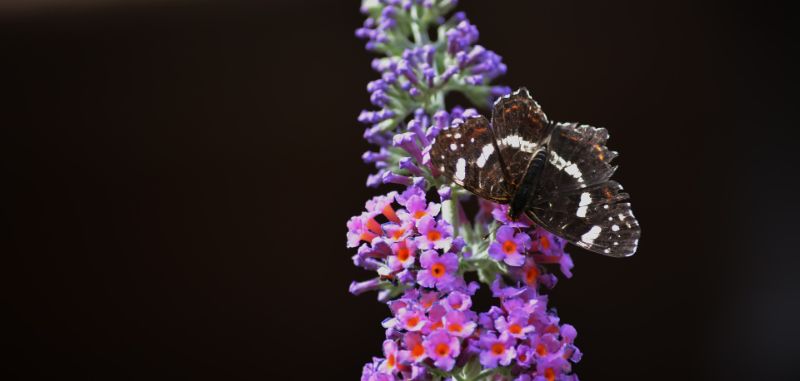
To enhance the appeal of your milkweed garden, consider additional features that attract monarchs and other beneficial insects.
1. Water Sources
Butterflies require water for hydration, and incorporating a shallow water source like a birdbath or a dish with pebbles can provide a safe spot for them to drink. Be sure to keep the water fresh and clean, eliminating any algae or debris.
2. Shelter Options
Incorporate other native plants that provide shelter. Diverse planting ensures a range of habitats for different species and extends the bloom time for nectar sources.
3. Educational Opportunities
Knowledge is power; consider creating signs in your garden that educate visitors on the importance of milkweed and monarch butterfly conservation. Share information on the lifecycle of the monarch and tips on how individuals can attract these beautiful butterflies to their home.



